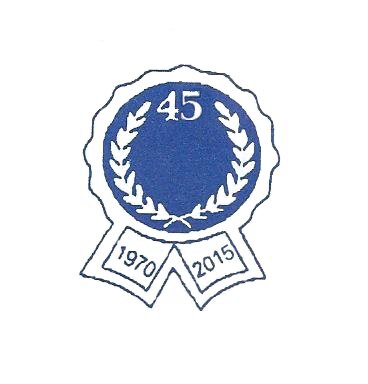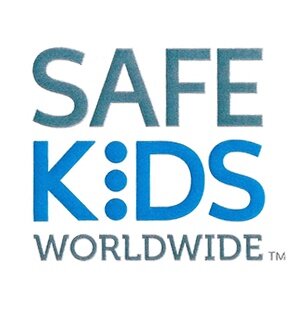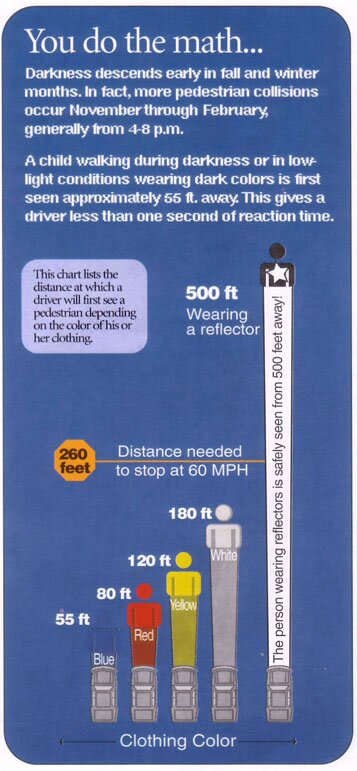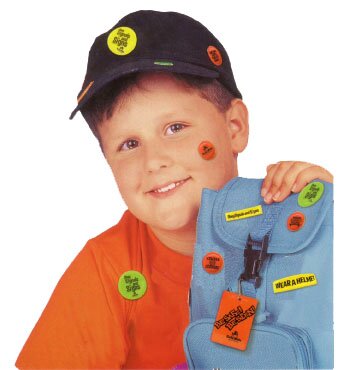|
How does a Reflector Work?
Terminology can be confusing, for many people ask for a "glo" product or "neon sticker" and really want a reflector. Here are all of the terms you need when working with reflectors:
Reflector - sometimes called a "retro reflector", it is a product that actually reflects light from a source back to the eye of the beholder. The source can be headlights or a flashlight. It can be a hard plastic part, a sheet of reflective material, or soft vinyl reflective film fabricated into an unlimited variety of shapes. There are prismatic reflectors and glass bead reflectors, but both reflect light sufficiently to make the wearer visible in the dark up to 500 feet away from the light source, or more.
Glo-In-The-Dark or Luminescent. When the lights go out, glo-in-the-dark materials go on. They emit a soft green light that slowly fades as time passes. They are only visible in absolute darkness. Stickers, sign and novelties are most frequent uses for glo-in-the-dark materials or inks. Only sign products are normally used in safety applications.
Iridescent - A prismatic film that diffuses light into varied patterns, and normally provides an assortment of prism colors as the direction of viewing changes. Very decorative, it is rarely used in night time visibility safety programs because it does not reflect light.
Why Use a Reflector in a Safety Program? -
In many countries around the world, reflectors are in widespread use by pedestrians, cyclists, and motorists because they help make the user visible in the dark. In these countries the night tie injury and death rate is in the low 30% range. In the United States, where reflectorization is rarely used, the Federal Highway Administration report a 69% of all pedestrian deaths and injures occur in the dark. Encouraging the distribution of reflectors to people will help make them more visible, and can help provide a lowering of the night time death and injury rate. For example, after ten year of providing New Hampshire school children with reflective dot stickers each Fall, the New Hampshire Highway Safety Department reported a 54% reduction in "in-the-dark" incidents.
The Flashlight Trick - Even in a lighted office or classroom you can demonstrate how any reflector product works by providing a flashlight to your student and asking them to aim it at the reflector sample you are showing. Make sure they hold the flashlight up at eye level and look along the light beam, aiming the beam at the reflector. When the person sees the reflector it is normal to get an "oooh" or an "ahh". Point out that this is a flashlight demonstration, and imagine how bright reflectors will be in car or truck headlights.
|
Official 2014 Death and Injury Numbers - The National Safety Council as confirmed by the Federal highway Administration reported 4500 deaths and 95,000 injuries in 2014. Using the 70% in-the-dark rate, that calculates out to the following tragedy: 9 KILLS per day - 64.5 per week - 270 per month - 3240 per year. INJURIES: 200 per day - 1235 per week - 5070 per month - 61,750 per year. These are incredible statistics for a problem that is at least partially preventable by getting people of all ages to use reflectors regularly.
Local Involvement is Easy! - You can localize these statistics by visiting your newspaper office and asking the city editor for recent clippings of accidents that took place in the dark. You'll probably find more incidents than you ever imagined. According to the Indiana State Police, 95% of motorist who hit pedestrians will not be ticketed because the "pedestrian was wearing dark clothing and could not be seen." Once you have the information, it should not
be too difficult to get local support for a community or neighborhood wide "Wear A Reflector" promotion.
Interested in the Internet? - If' you like to make use of the internet for research, education, fact finding and general information about safety, night and day, there are a wide variety of public and privates sites. Some of the more popular are National Highway Transportation Safety Agency; National Transportation Safety Board; University of North Carolina Highway Safety Research Center; CDC Injury Prevention Home Page; National Crime Prevention Council (McGruff); Partnership For A Walkable America; AAA Foundation for Traffic Safety; Federal Highway Administration; Pedestrian Information Center; National Safe Kids Campaign.
What's th right time for a Reflector Safety Promotion? - Note that timing can be key. If it's Spring, bicycle safety check-up are often conducted at local Fire Departments, and reflector giveaways are ideal prizes. In summer, vacation walking and hiking safety are great themes. In the Fall, back to school, end of daylight savings time, and Halloween safety make great and memorable promotions. Mid-winter sport often require going to and from events in the dark, and a promotion to "Light Up Your Life" can go a long way to achieving the goals of a local visibility educational program. The right time for a reflector promotion is anytime. "Just do it"!
Want to order or ask a question?
Here's our company contact information:
The Reflectory
PO Box 87
Carolina, RI 02812
Call toll free: (800) 654-1417
Phone: (845) 565-2037  FAX: (845) 565-2451 FAX: (845) 565-2451
Email:
Fill out our form on the Contact Us page.
|





 Since the chances of being struck and killed as a pedestrian increase by 1100% after dark, according to the National Safety Council, you should take advantage of the Federal Highway Administration's statement that reflectorization has been shown to increase the visibility of a pedestrian by a factor of five.
Since the chances of being struck and killed as a pedestrian increase by 1100% after dark, according to the National Safety Council, you should take advantage of the Federal Highway Administration's statement that reflectorization has been shown to increase the visibility of a pedestrian by a factor of five.